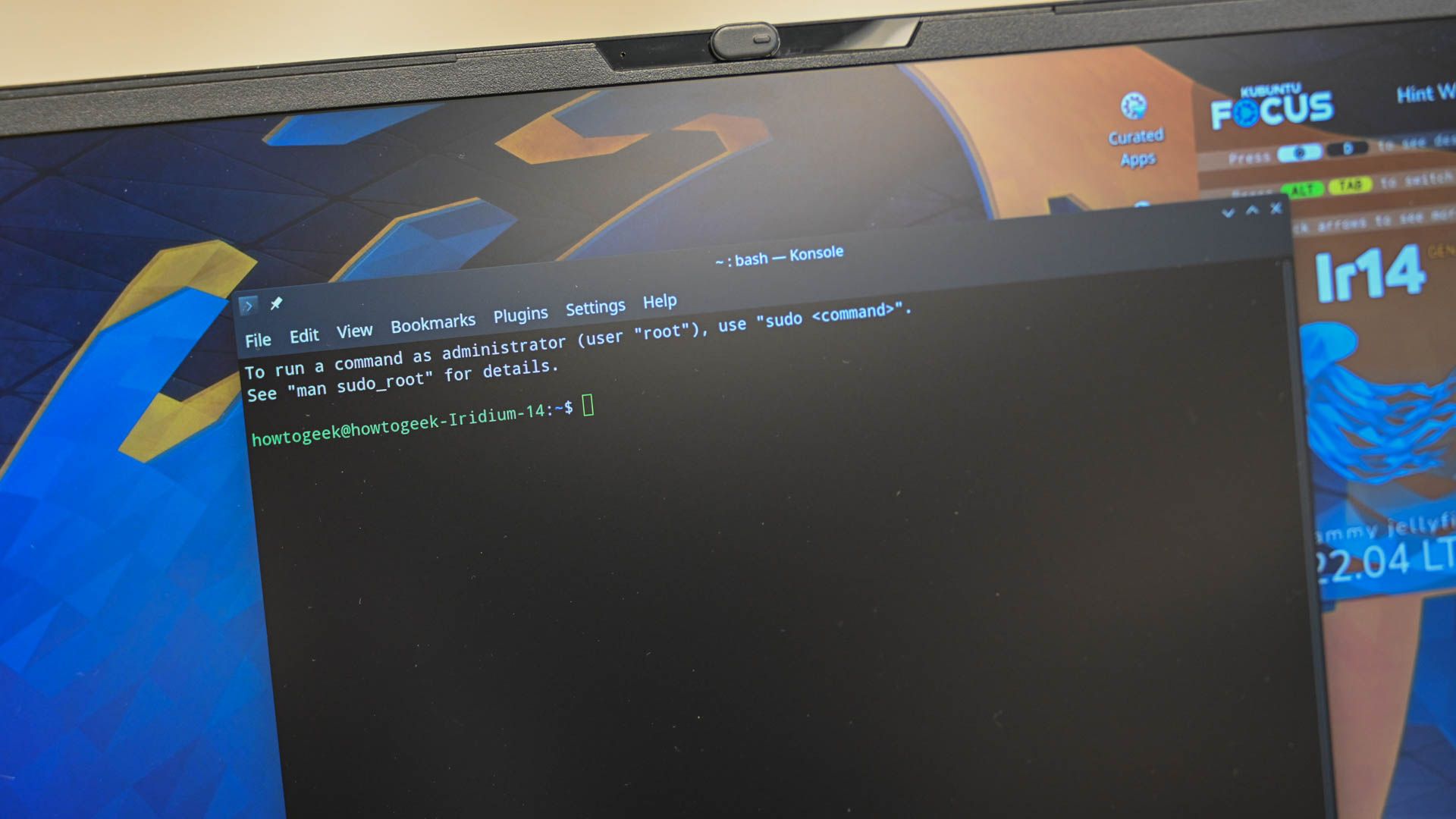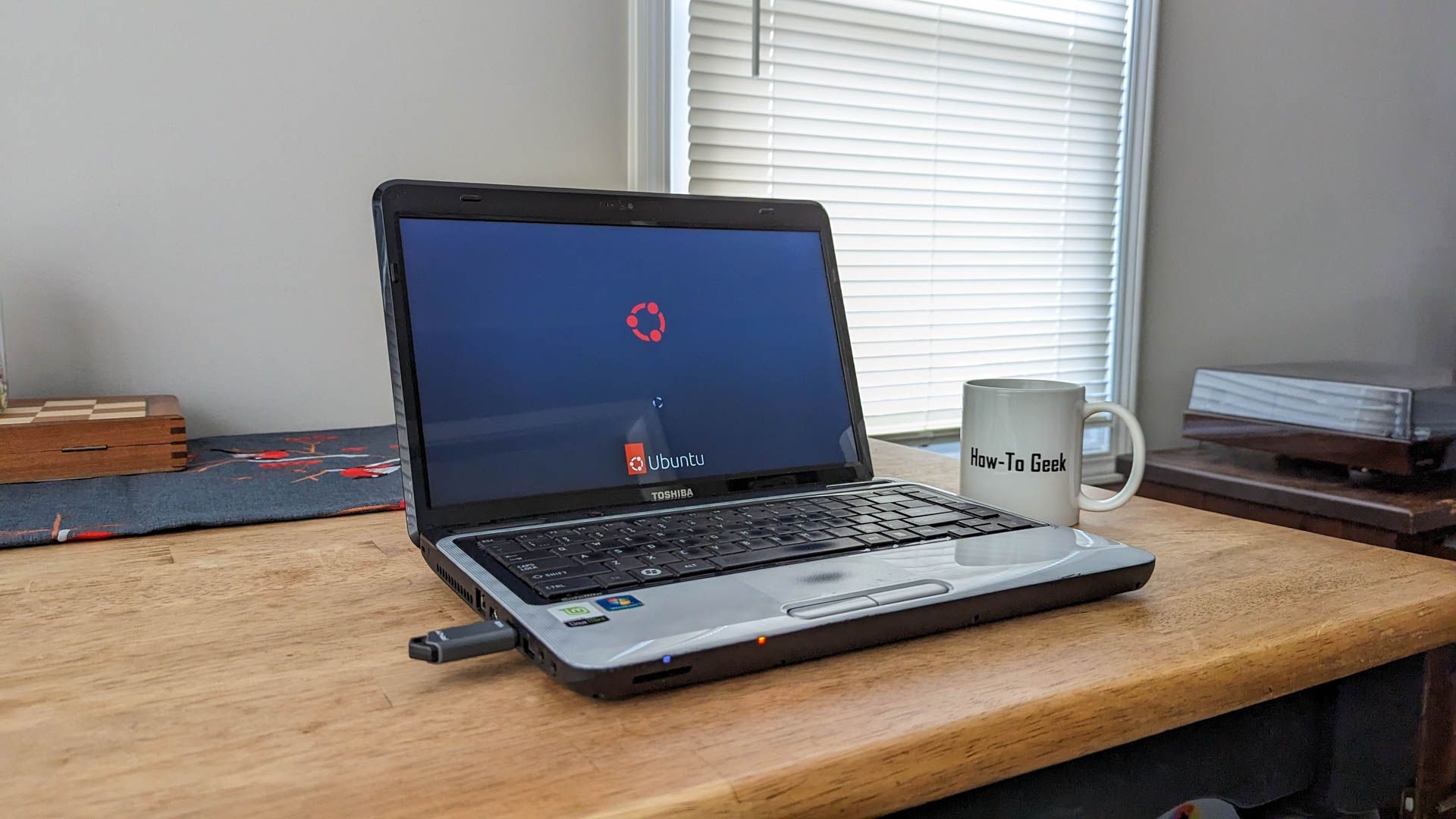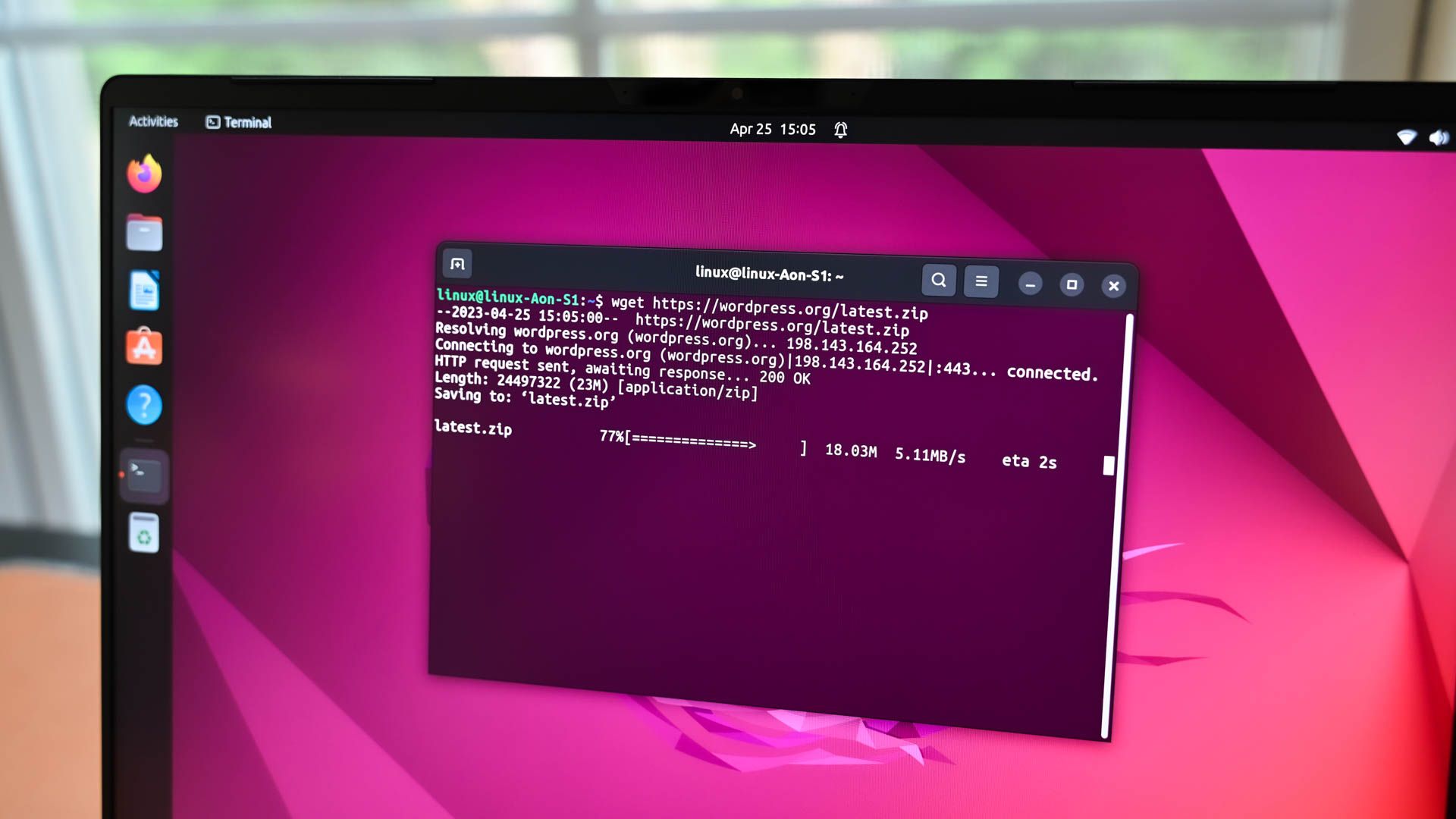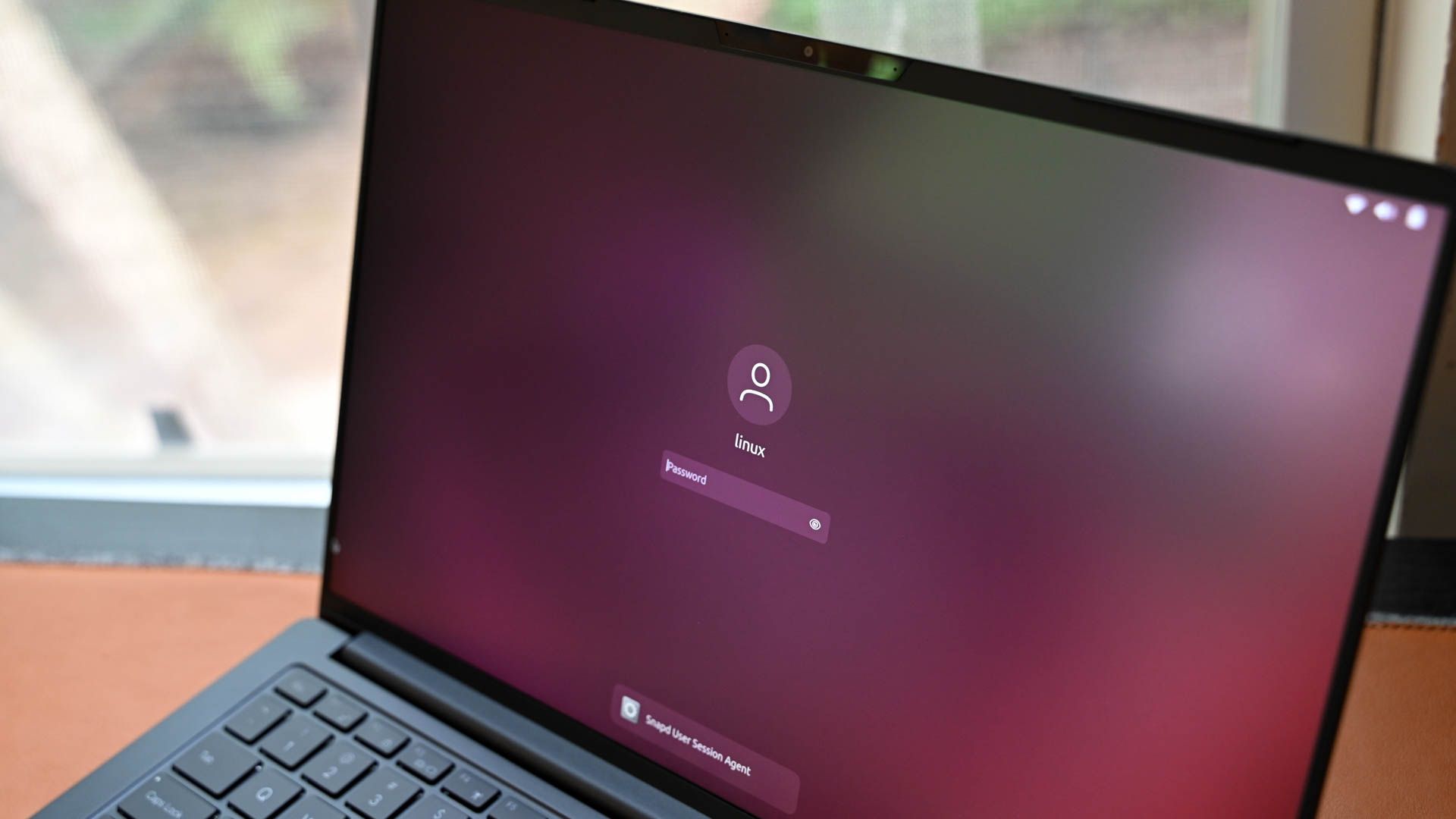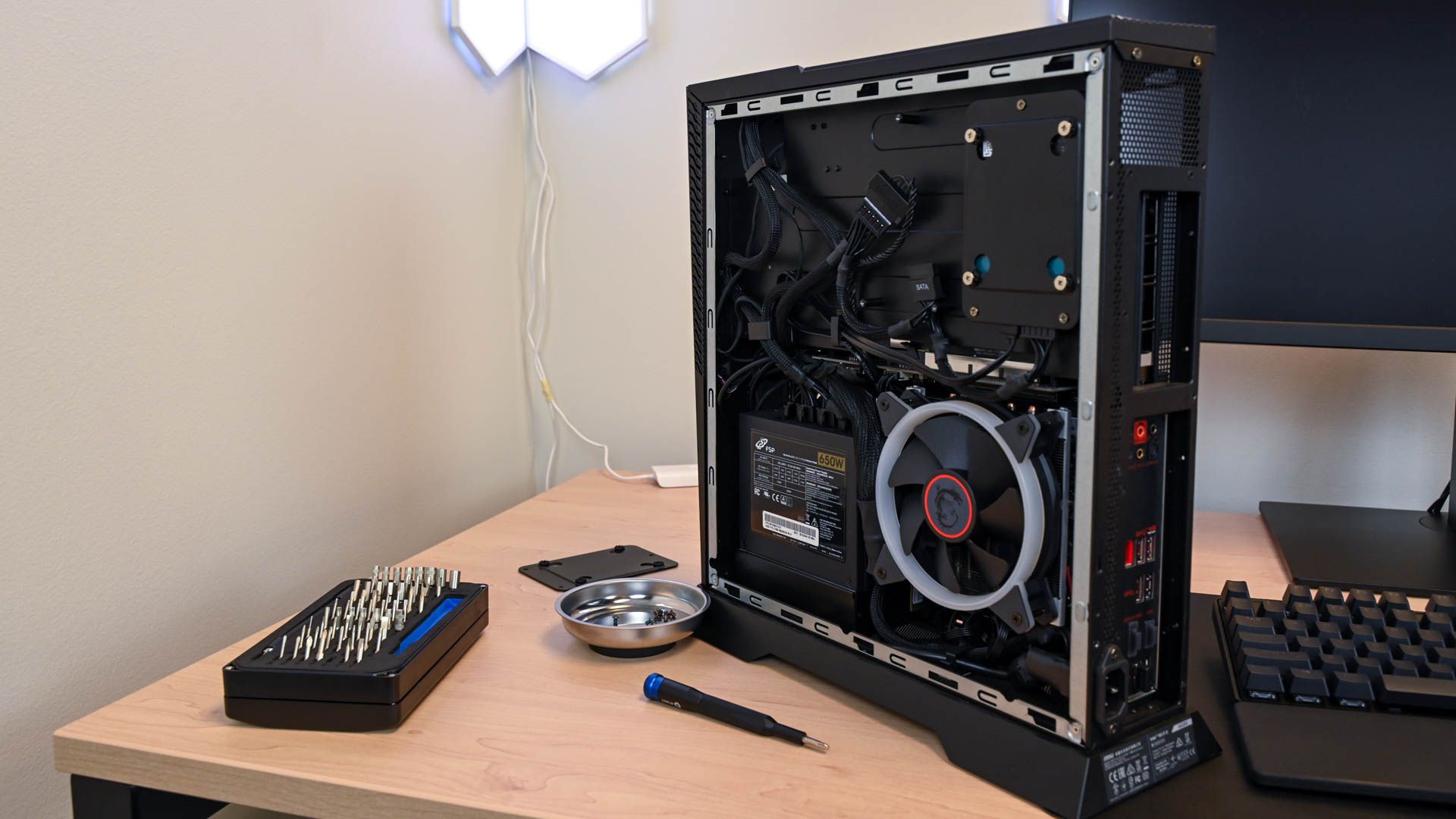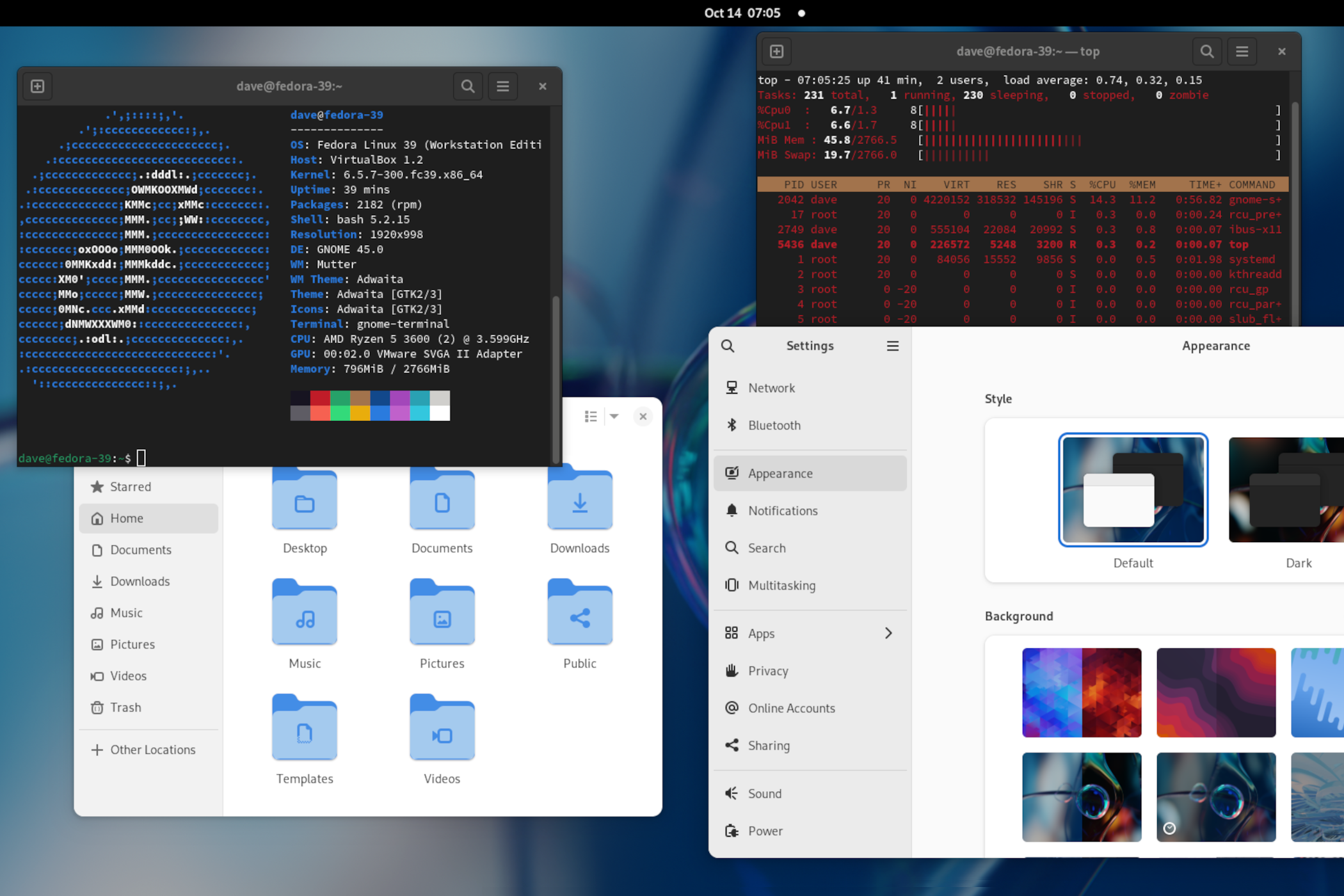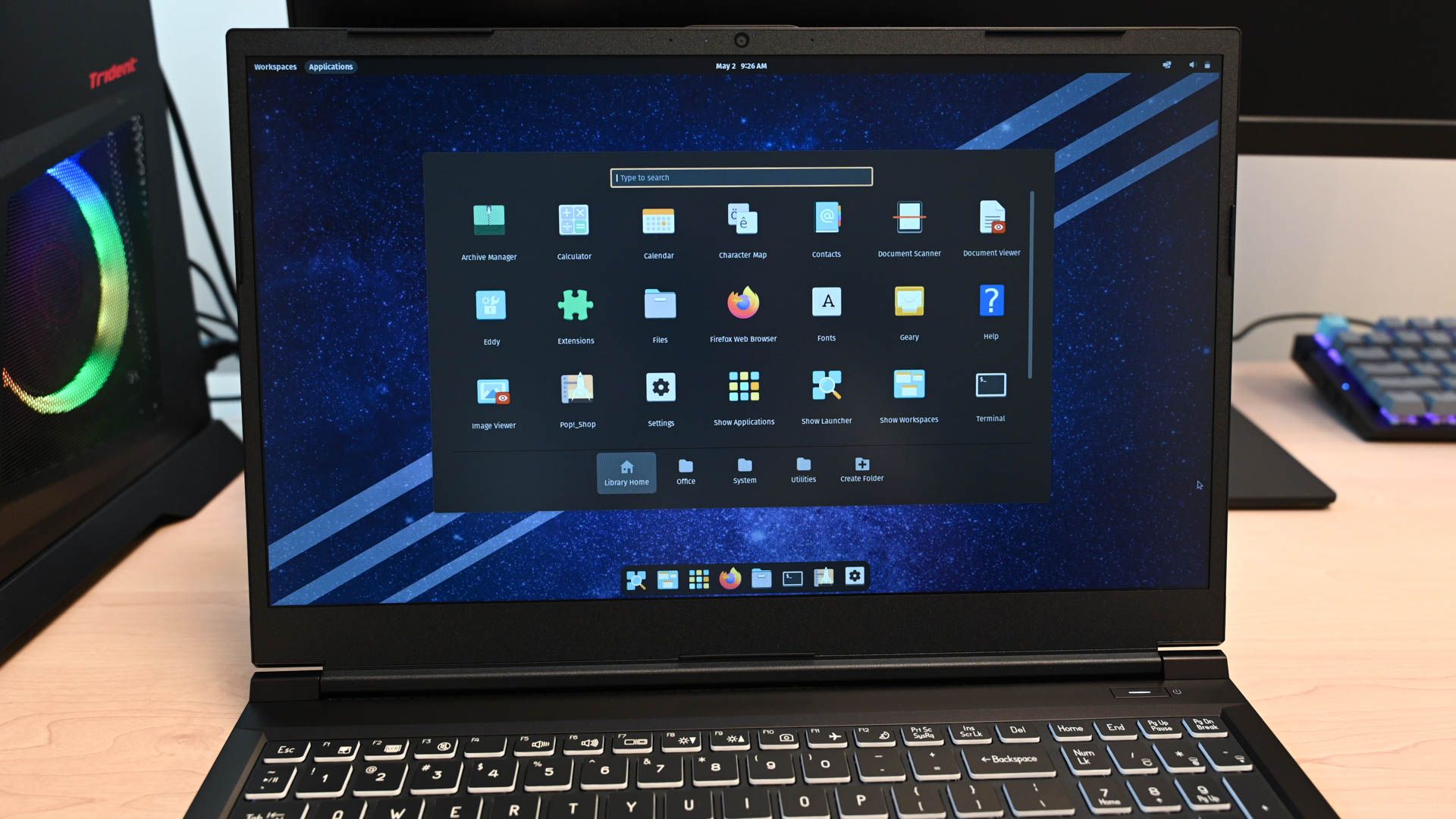About Dave McKay
Dave McKay first used computers when punched paper tape was in vogue, and he has been programming ever since. After over 30 years in the IT industry, he is now a full-time technology journalist. During his career, he has worked as a freelance programmer, manager of an international software development team, an IT services project manager, and, most recently, as a Data Protection Officer. Dave is a Linux evangelist and open source advocate. Expect detailed how-to's, distribution reviews, and Linux-centric editorials.
Latest Articles
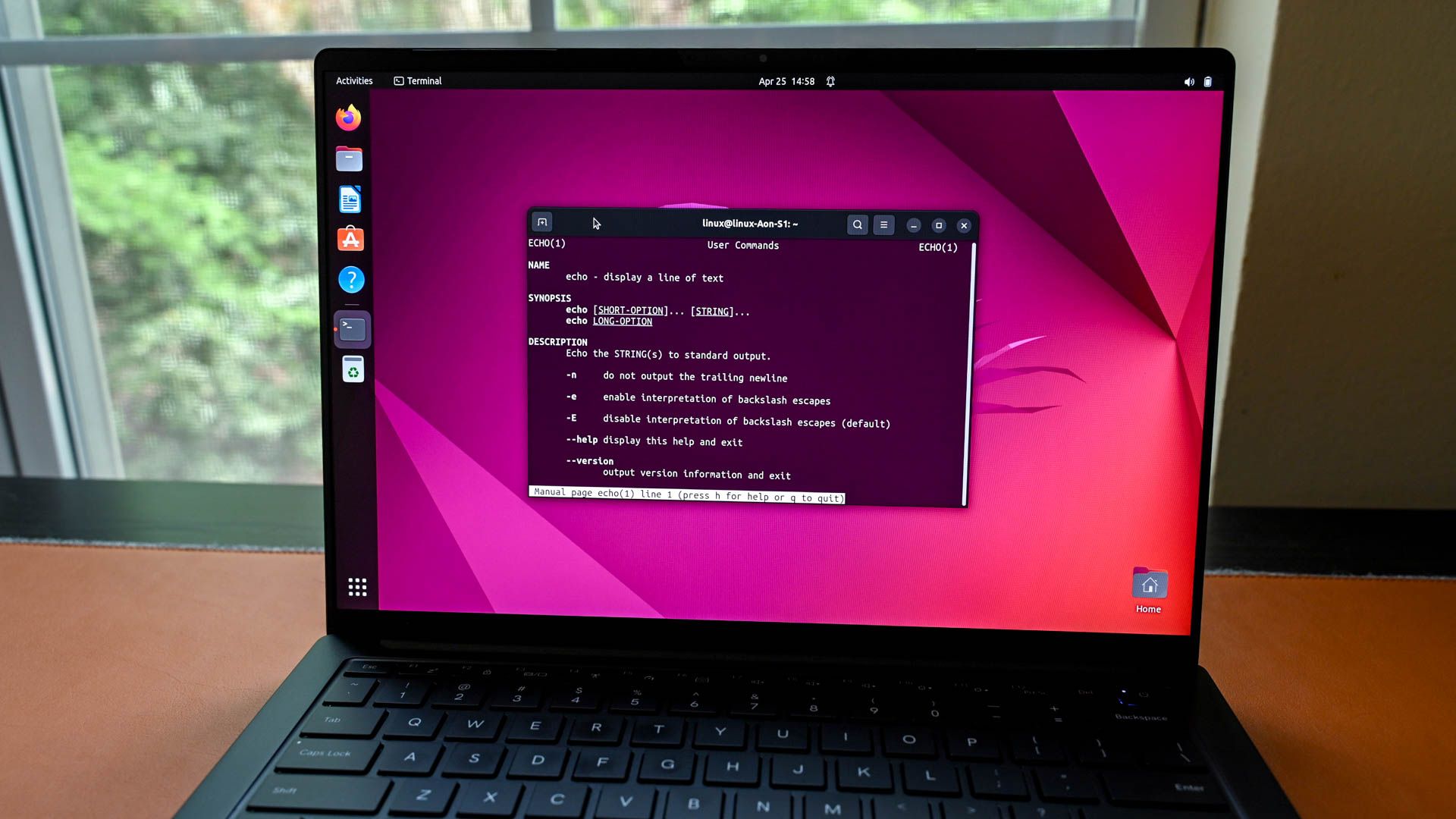
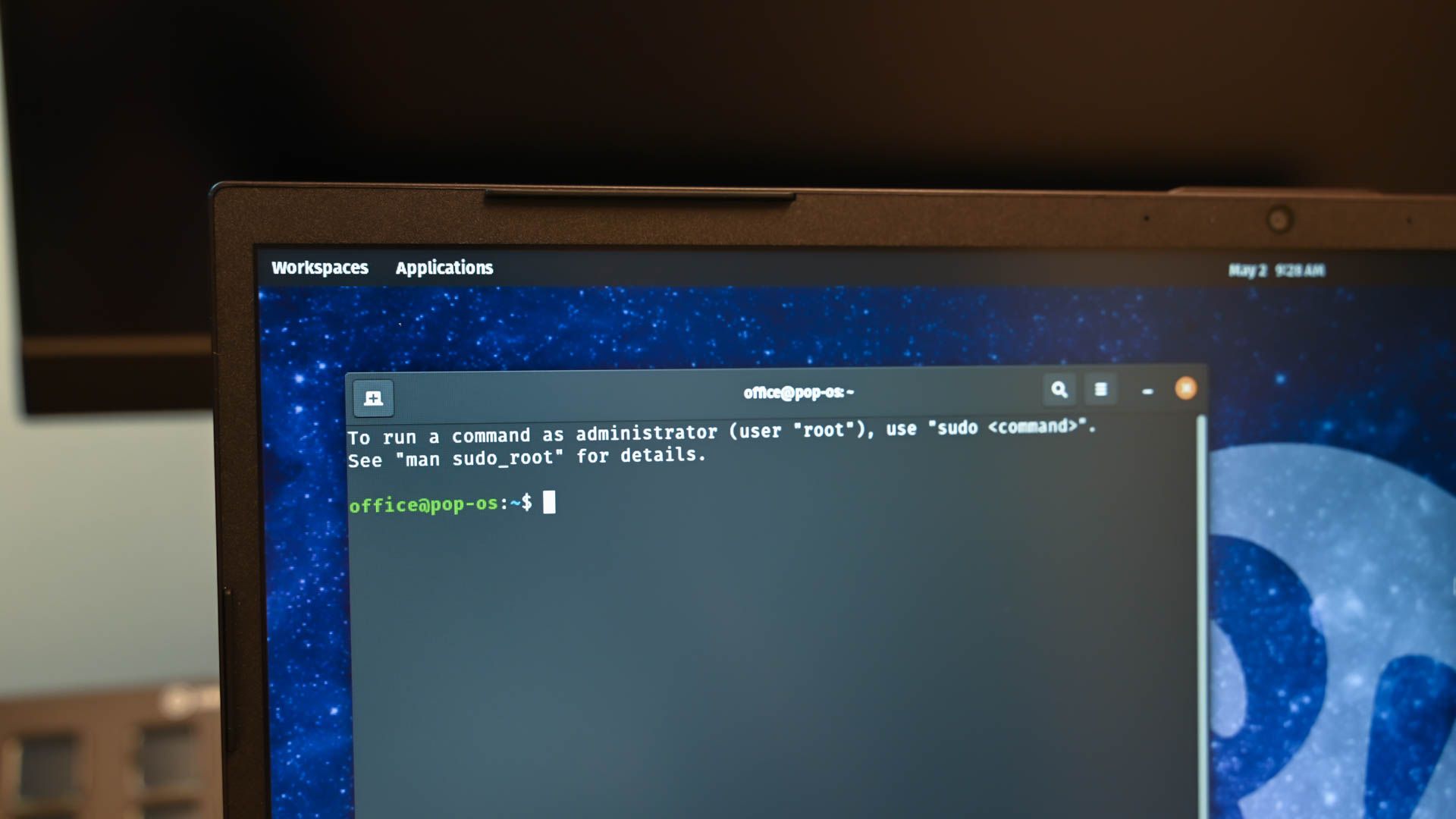
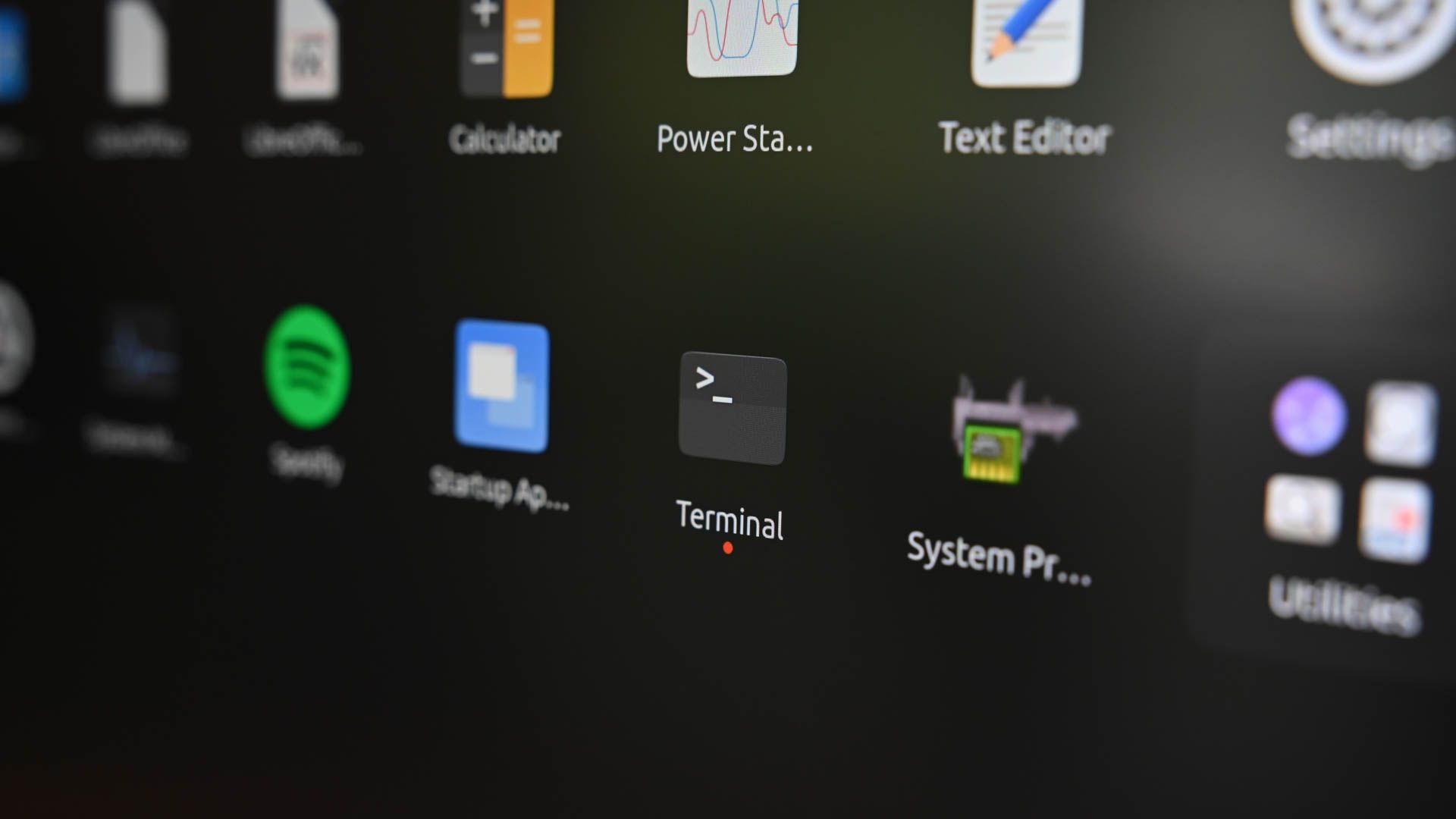
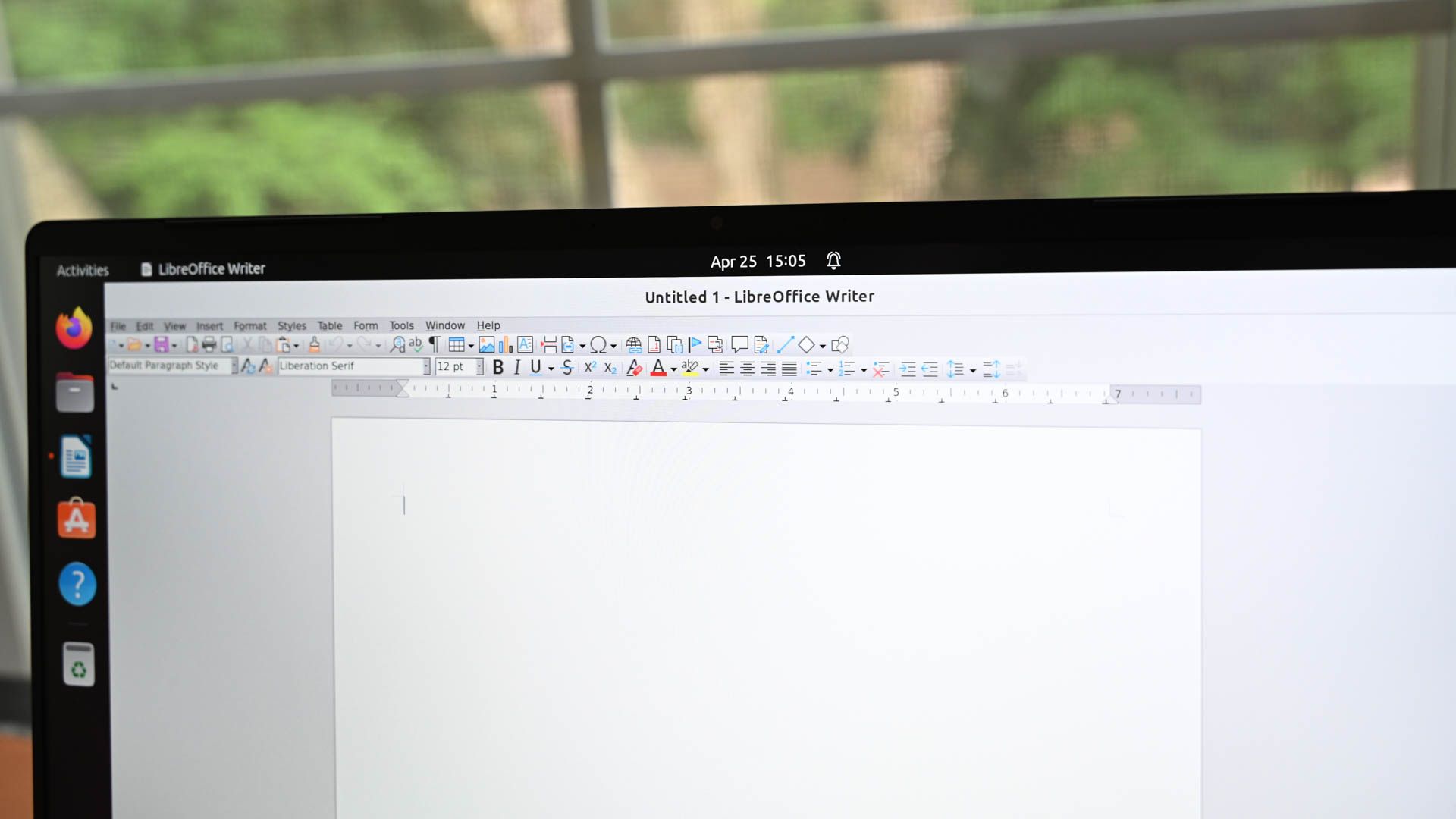
How to Install Notepad++ on Linux (and 5 Alternatives to Try)
How to run the real Notepad++ on Linux.
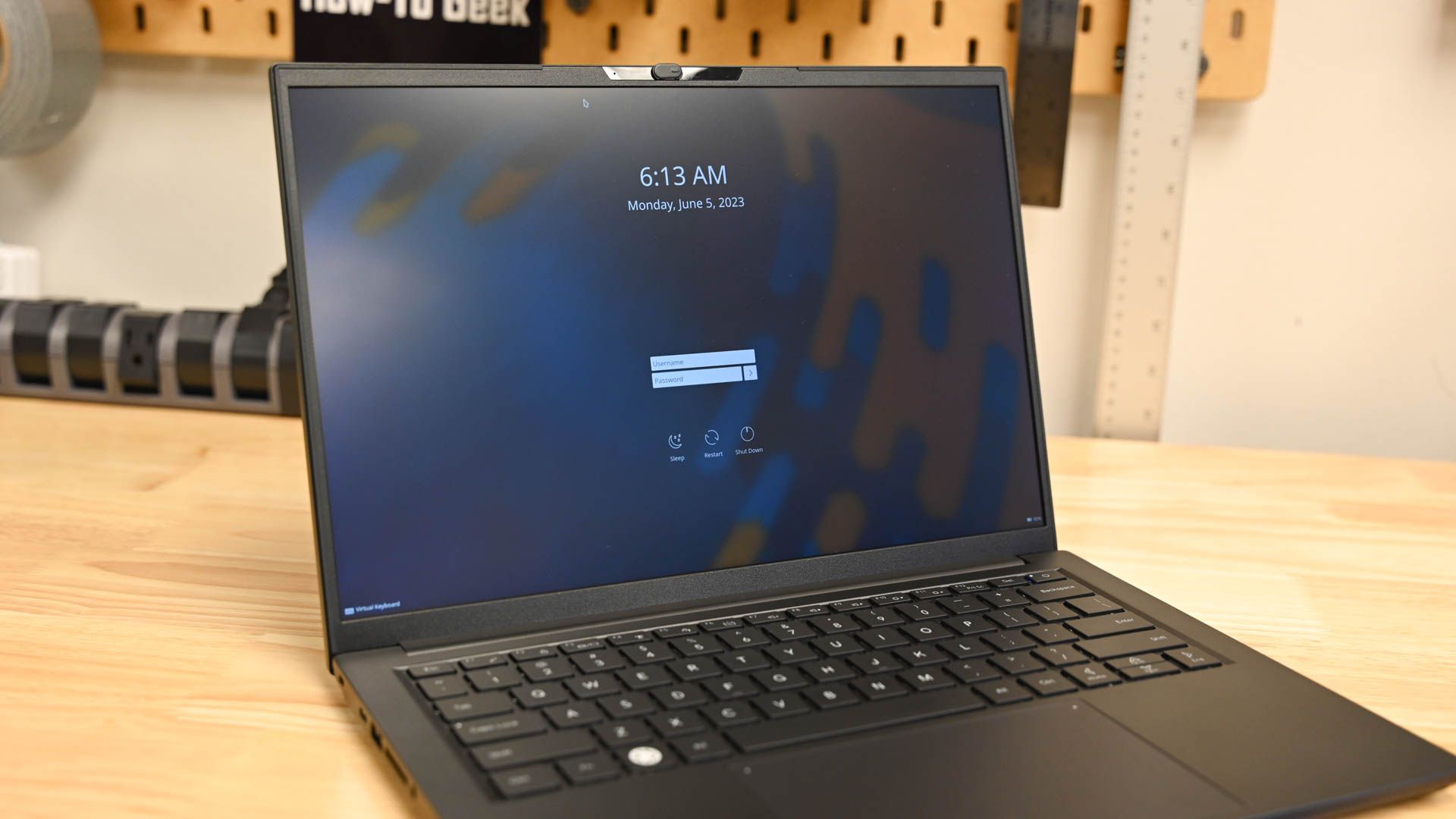
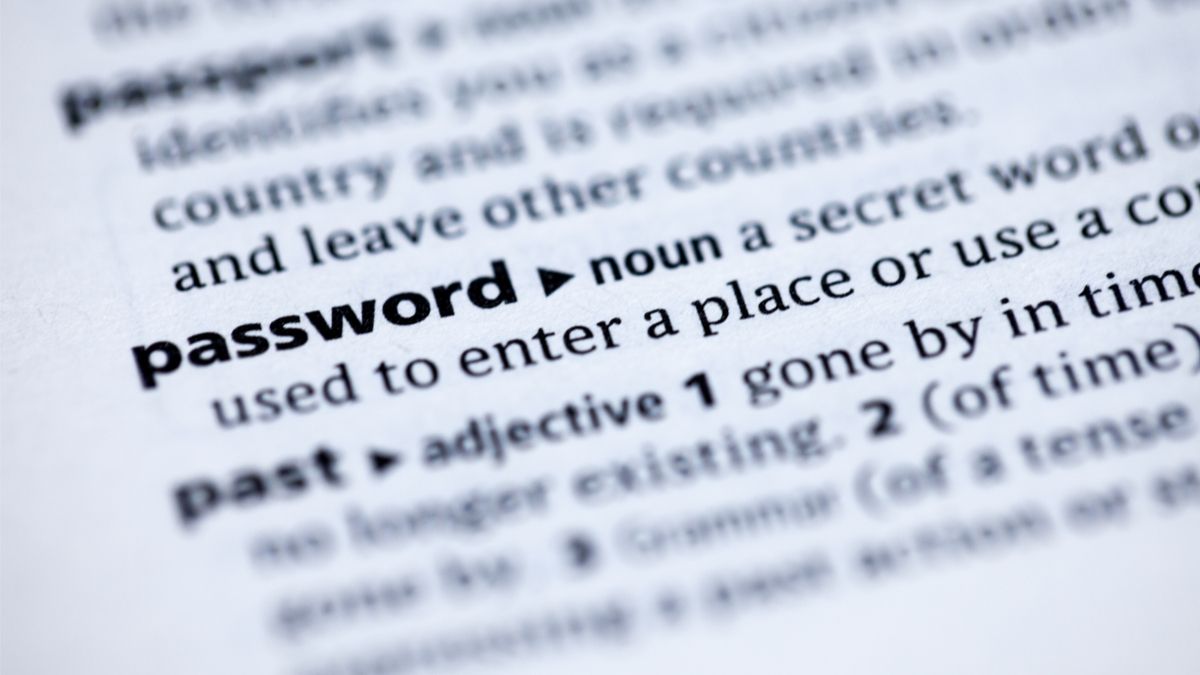
How to Protect Against Password Dictionary Attacks
Dictionary attacks threaten the security of your networks and platforms.
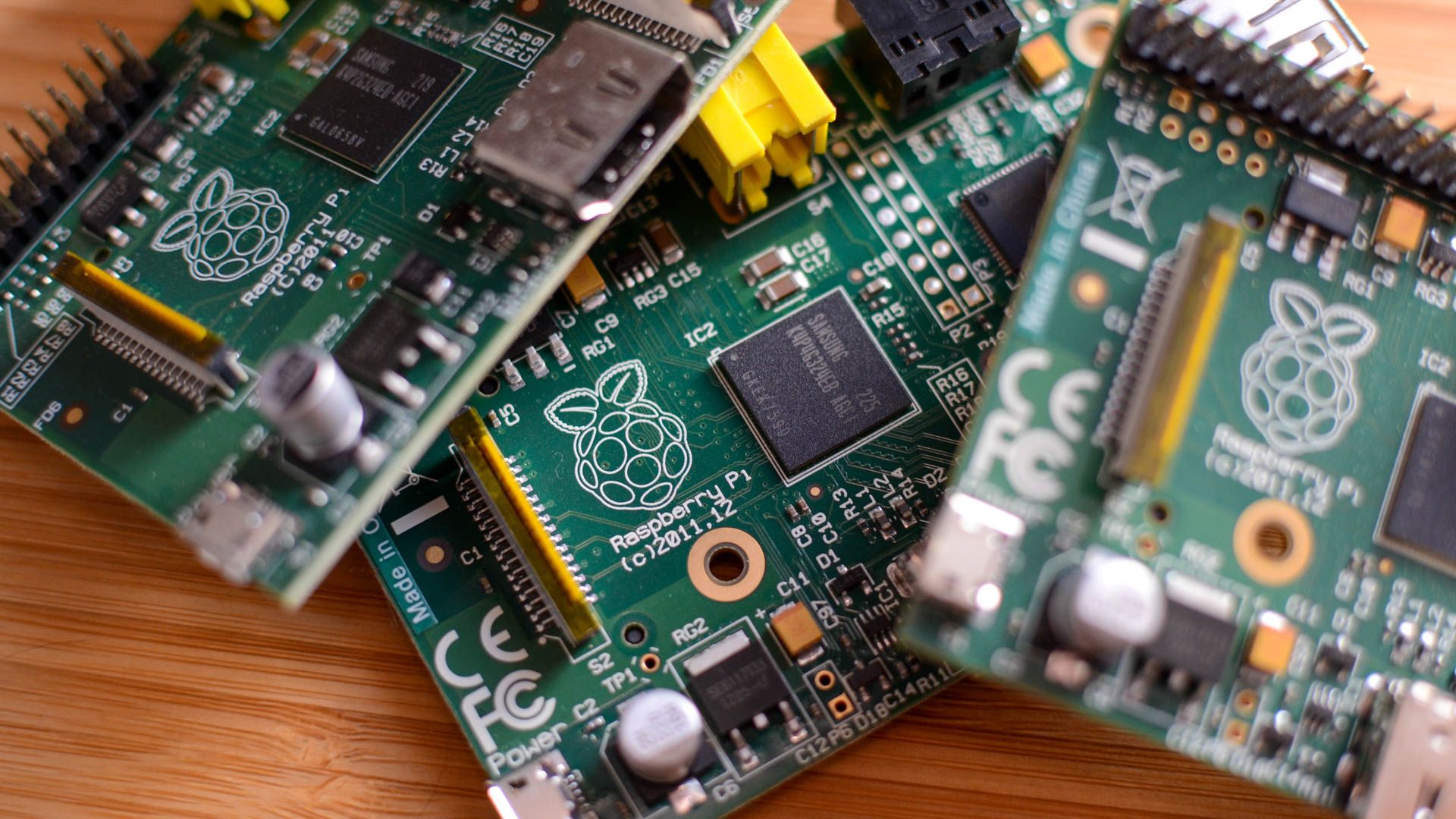
How to Run a Raspberry Pi in VirtualBox
It's not pie in the sky; you can have a virtual Raspberry Pi.
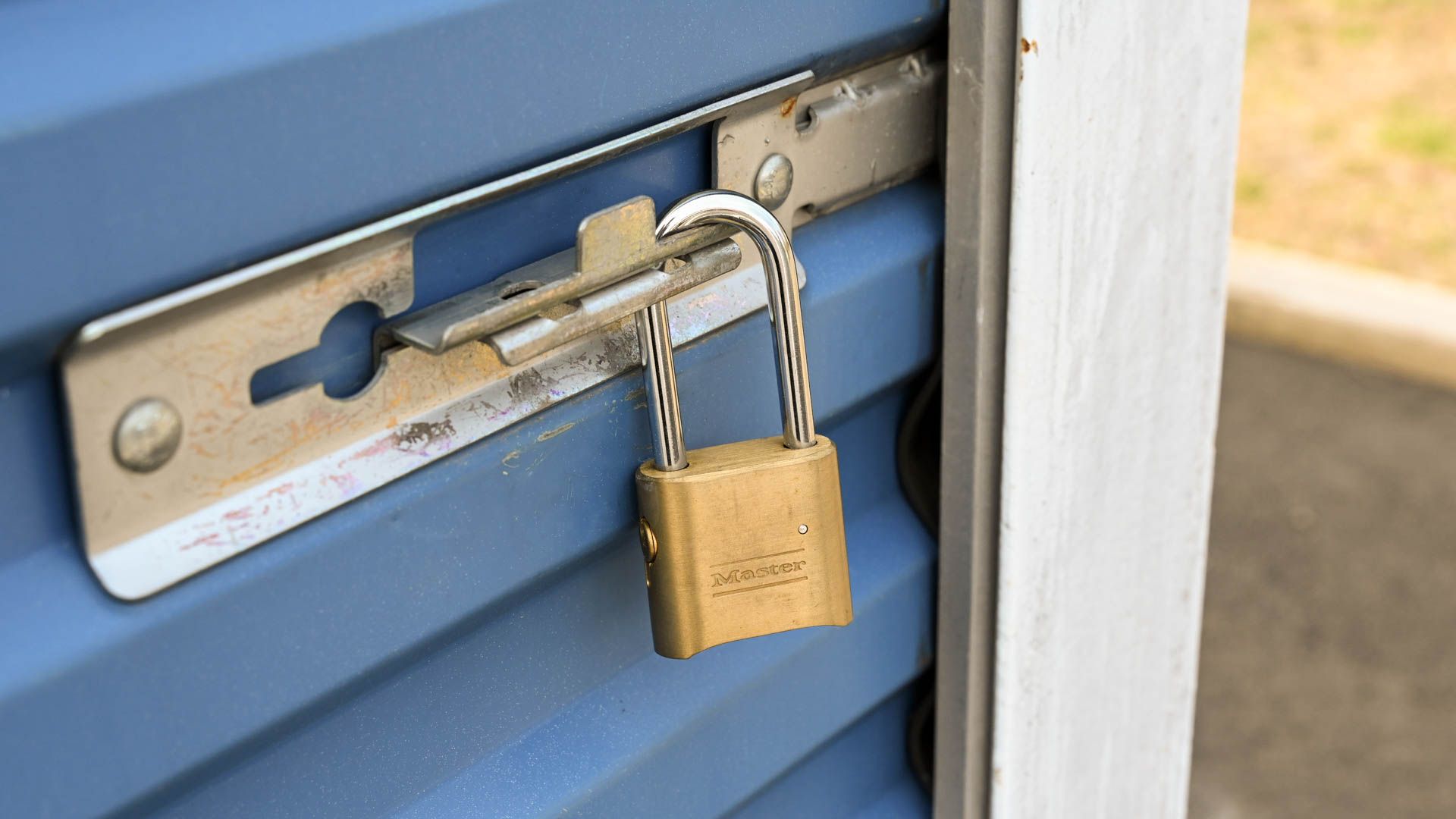
What Is Encryption, and How Does It Work?
You've probably seen the term "encryption" used around the internet.
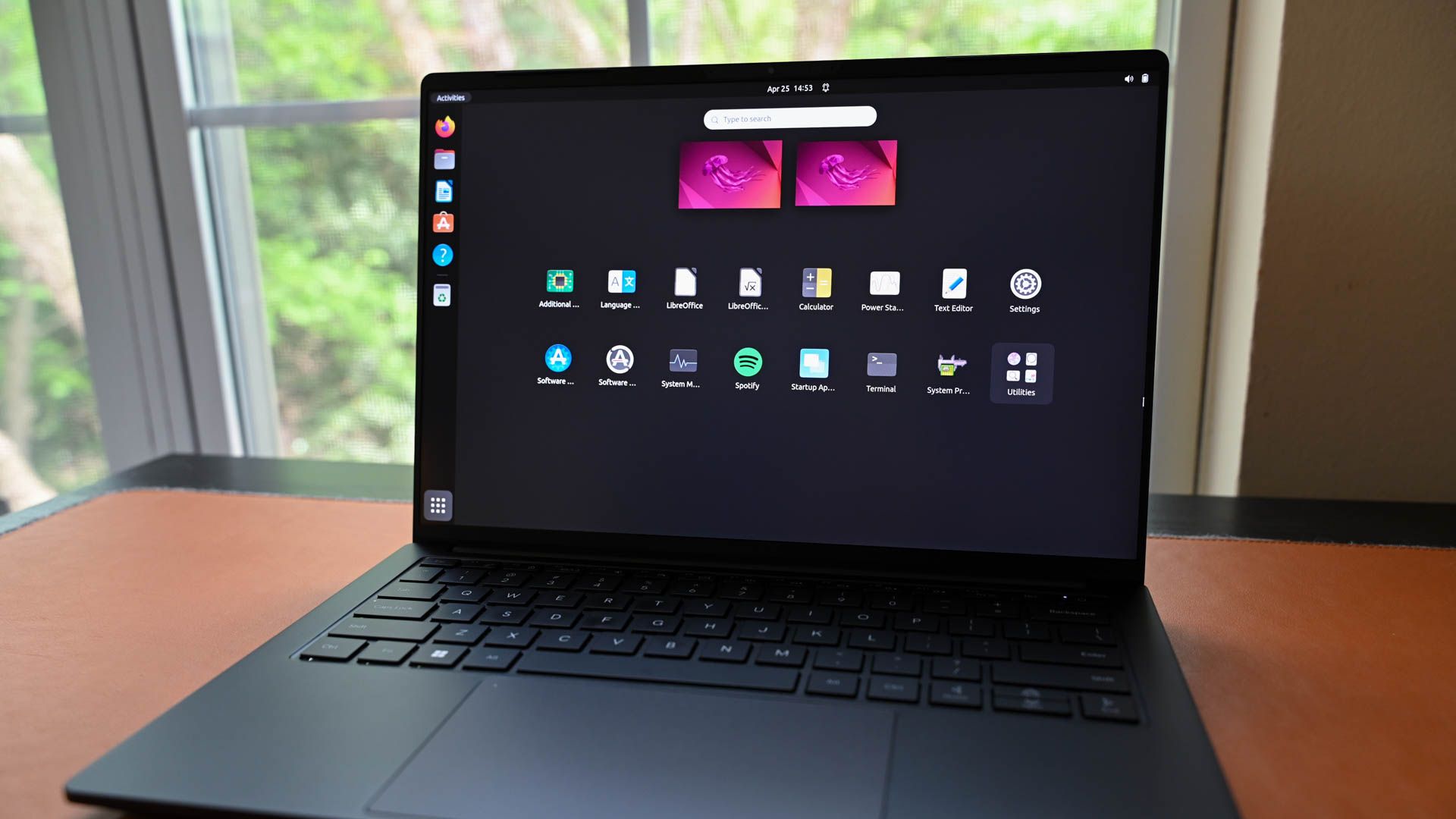
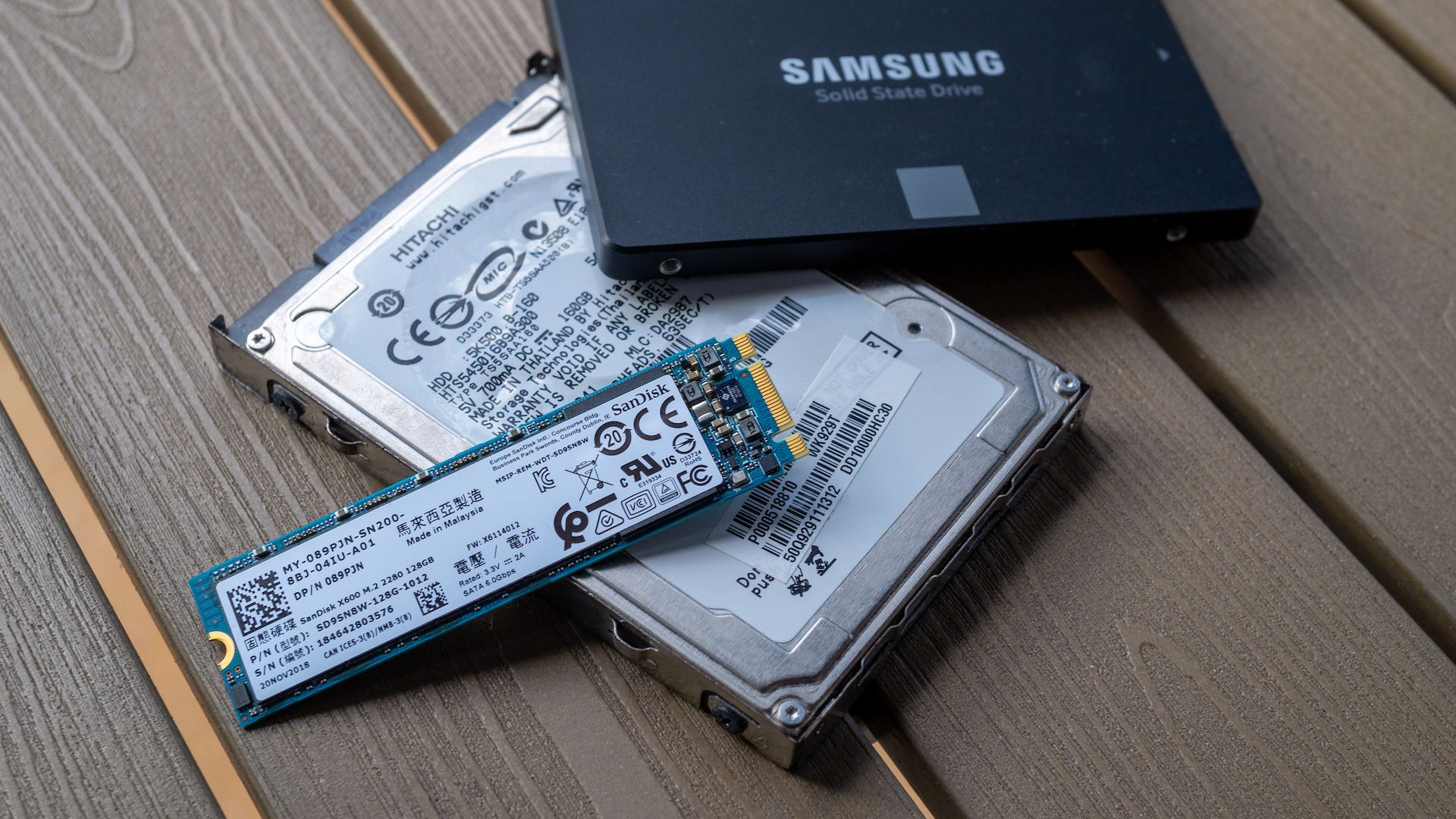
How to View Free Disk Space and Disk Usage From the Linux Terminal
Everything you need to know about Linux's df and du commands
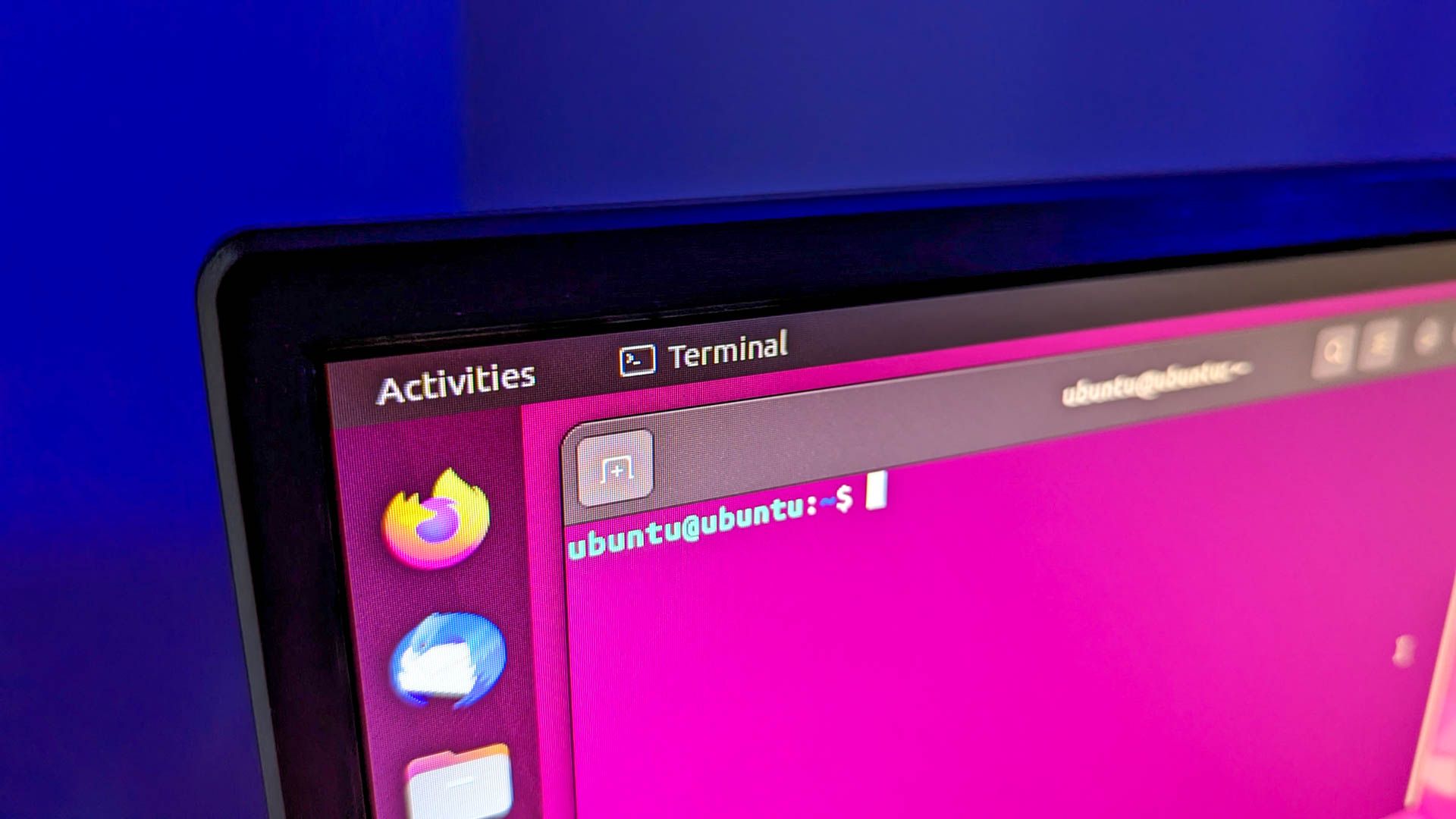
What Are stdin, stdout, and stderr on Linux?
Mystified by stdin, stdout and stderr? Learn to use them in your Linux scripts.
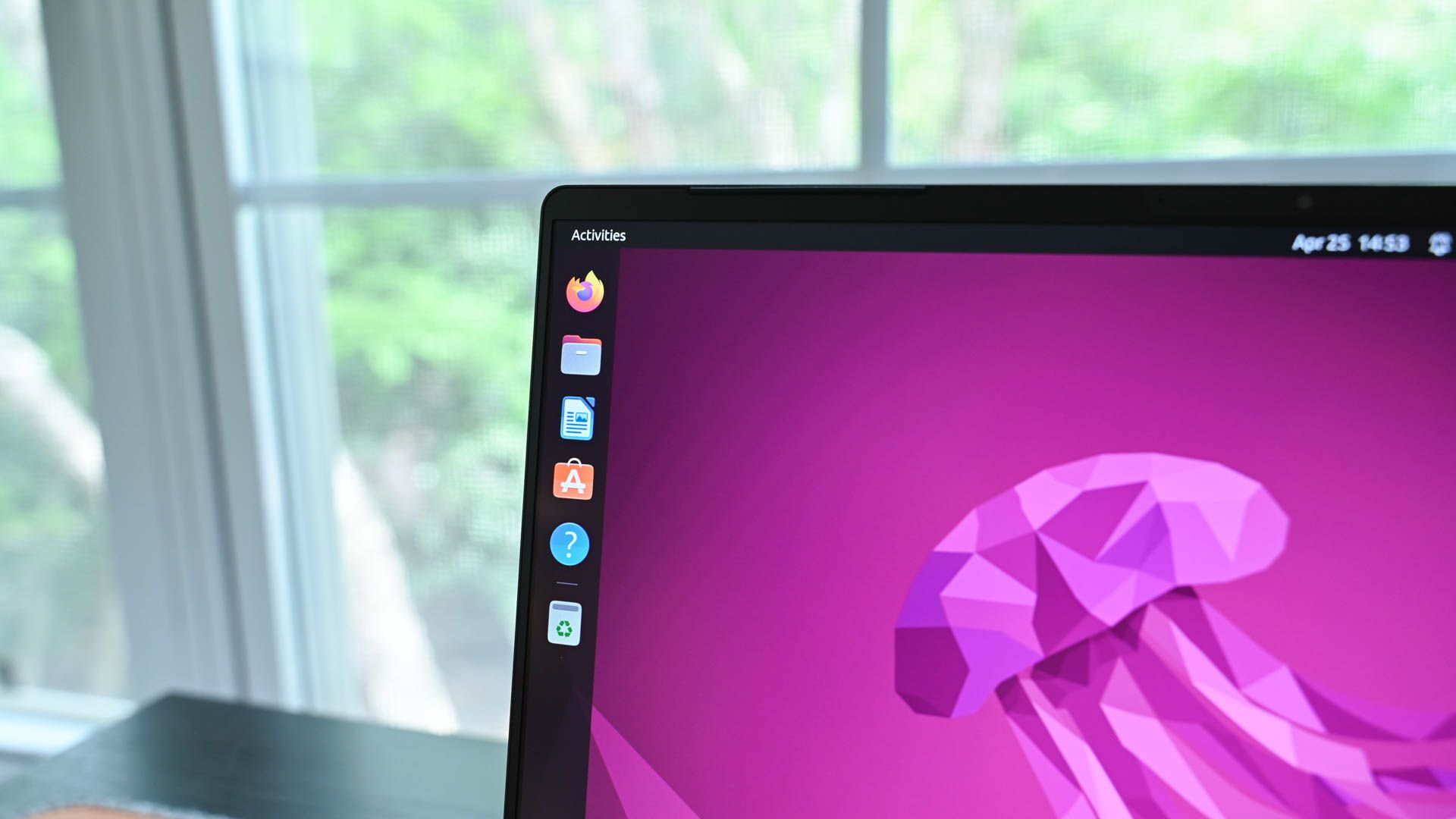
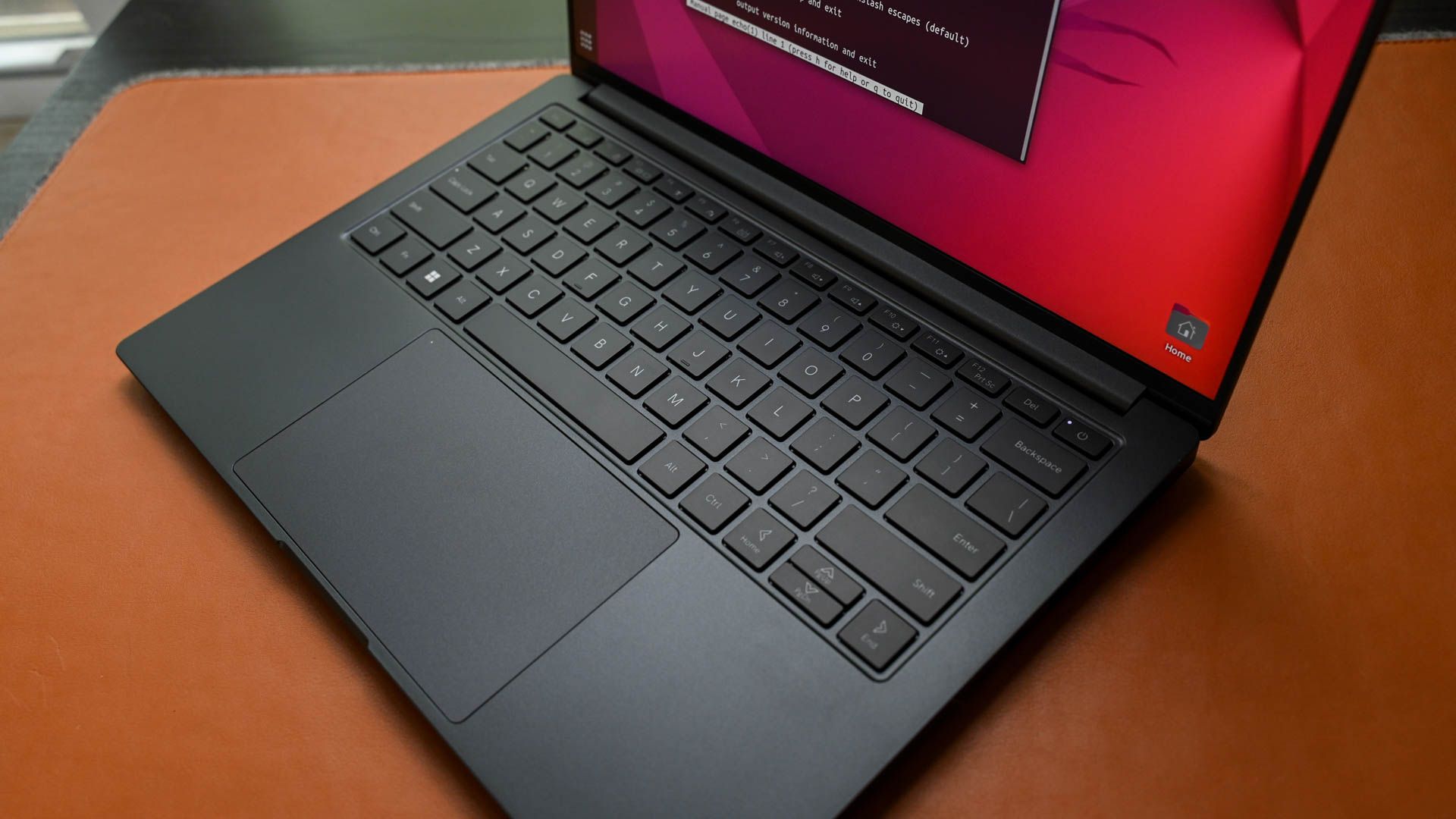
15 Special Characters You Need to Know for Bash
That sequence of strange symbols on the Bash command line must mean something, right? We're breaking down special characters and how to use them.
